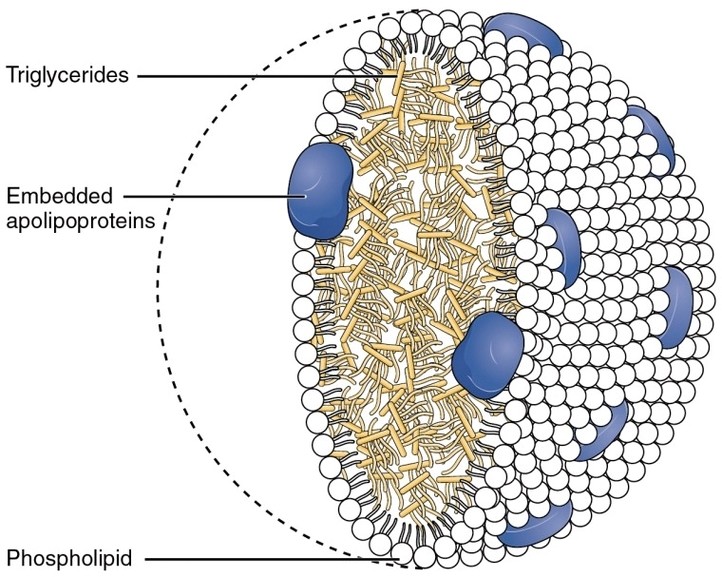
Chylomicrons Contain Triglycerides Cholesterol Molecules and Other Lipids: Chylomicrons are lipoproteins formed in the intestinal lining that carry dietary lipids, including triglycerides, cholesterol, and fat-soluble vitamins, through the lymphatic system into the bloodstream.